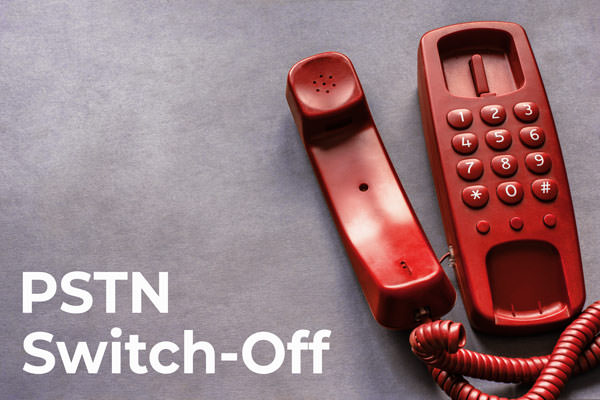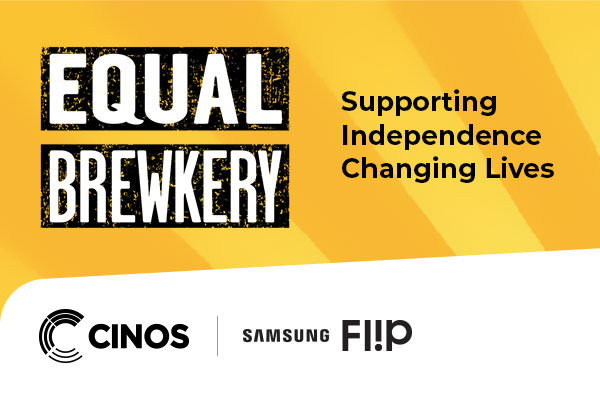
Navigating the BT PSTN Switch-Off in Critical Calling Environments
May 16th, 2024
Change is inevitable. As technology evolves, so do the infrastructural frameworks that underpin communication networks. One such transformation on the horizon is the BT Public Switched Telephone Network (PSTN) switch-off scheduled for 2025.
Please note: 20th May 2024 – BT Group has announced a delay in the PSTN Switch-Off, now scheduled for 31st Jan 2027.
How Cinos can help customers manage this transition to SIP has been covered already by Jono Darlington of Cinos in our previous blog on ISDN replacement.
While this transition heralds a new era of digital connectivity, it presents significant challenges for customers requiring critical calling services, many of whom are reliant on trusty old legacy PSTN technologies to ensure that calls are always available.
Critical Communications in Emergency Healthcare
A prime example here are NHS Acute Trusts and Hospitals, who stand at the forefront of this challenge. Among their most critical communication tools are the ‘Red Phones,’ analogue devices connected to local PSTN lines dedicated for ‘crash’ calls during emergencies. These play a pivotal role in ensuring swift and efficient communication during critical situations, ranging from medical emergencies to security breaches and disaster management.
However, with the impending PSTN switch-off, the continuity of these vital communication channels hangs in the balance. The transition from analogue systems to digital alternatives poses multifaceted risks and obstacles for healthcare organisations. First and foremost a system that has been in place for a long time is suddenly being forced to change. One of the primary concerns is the potential disruption to essential communication channels during emergencies, which could jeopardise patient care and safety.
Turning Point for PSTN Communications Infrastructure
There’s a comfort factor with legacy PSTN services, which are tried and tested and have been used for decades to deliver these services. The perception is therefore that continuing with this model is the safe option, and conversely moving away equals risk. SIP PSTN offers many benefits over these older technologies, but the main concern for NHS organisations is ‘will it always be available?’.
There’s the matter of responsibility and accountability too. Who is responsible for the PSTN service, how likely is it that there will be issues and if there are, whose is responsible for fixing it? SIP services can often be resold by third party providers, introducing an extra layer to the process in a situation which needs swift answers and full ownership of the problem.
Whatever the ‘new’ solution, the migration process itself presents challenges for organisations, too. This requires meticulous planning, seamless execution, and robust solutions to mitigate risks and minimise downtime. Any interruption in communication could have dire consequences, underscoring the critical importance of a smooth transition strategy.
Cinos: Your Single SIP PSTN Solution Provider
Cinos has a wealth of experience deploying Red Phone solutions and guiding customers through system migrations within critical calling environments. This makes Cinos the perfect choice to address the unique needs of healthcare and critical communications providers in the face of the PSTN switch-off.
As a leading SIP Service Provider, Cinos offers our own SIP PSTN with no reliance on third parties. For our customers requiring a reliable platform for their calls, this means a single provider solution end-to-end, from the red phone handset right the way to the PSTN. Cinos’ seasoned project teams specialise in coordinating with outgoing service providers to port/migrate numbers and number ranges efficiently. This meticulous approach ensures uninterrupted service and minimal disruption for healthcare organisations.
The Benefits of SIP over PSTN
SIP itself offers many benefits above and beyond traditional PSTN services, with cost often getting the focus (as covered by Jono in our previous blog), the resiliency benefits are often missed. With fixed line services DDI numbers are typically tied to the wire itself, without any intelligence to adapt to issues. SIP as an IP-based service is able to re-route traffic when connectivity issues strike. In practical terms, this means the days of workmen taking out a cable and with it the phone calls become a thing of the past, with SIP the traffic simply re-routes.
Central to Cinos’ solution is our Cloud platform, Cinos Cloud, a Cisco-Powered calling platform hosted from UK data centres. This robust infrastructure delivers flexible and resilient communication services tailored to meet the specific needs of NHS customers. Whilst complying with cloud-first and Internet-first NHS initiatives, Cinos Cloud offers flexibility to extend into the customer premises for that additional layer of resilience required to maintain communications when all external connectivity has failed. Whether replacing local PSTN connections with dedicated local SIP services or utilising mobile SIM 4G technology, Cinos guarantees that critical calls, including the vital 2222 crash calls, connect reliably every time.

Contact Cinos for PSTN and Red Phone Services
In essence, the BT PSTN switch-off presents a formidable challenge for Trusts and hospitals who need to deliver ‘Red Phone’ functionality. However, with the right partner and solution in place, this challenge can be navigated effectively and with huge additional long-term benefits. Cinos offers a pathway to continuity and resilience, ensuring uninterrupted access to essential communication channels for healthcare organisations.
Contact Cinos today to initiate a discussion on how our PSTN and Red Phone services can safeguard your organisation’s critical communication needs in the digital age.




